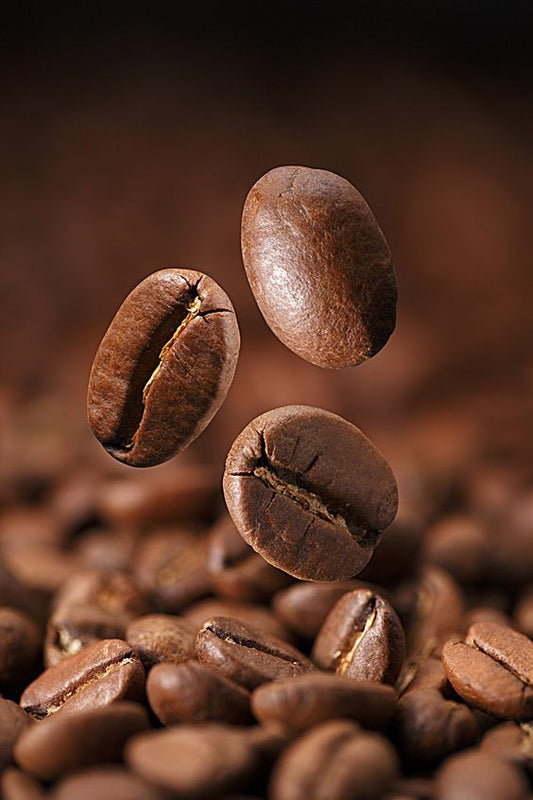COFFEE IN THE BOTANY
• He belongs to the family of the Rubiaceae that contains more than 500 genres and approximately 10 thousand different species.
• It is the fourth largest botanical family diverse on the planet, the largest number of species and varieties is found in the areas tropical and subtropical.
• Within the genus Coffea, there are approximately 50 species, all coming from the Tropical Africa and Madagascar.

ARABICA VS ROBUSTA COFFEE

ARABIC• It is the oldest coffee variety (13th century) |
ROBUST• This variety was discovered at the end of the 19th century in Zaire. |
Coffee Cultivation
The seeds are sown in a germinator prepared with river sand and protected from rain. After two months the plants are called matches; Immediately the first pairs of leaves appear and the matches become chapolas.

The chapolas are transferred to the seedbed and planted in bags containing soil and organic matter. The seedbed is protected with a guadua roof or shade trees. Six months later the plants or hills are transplanted to their final location in the coffee plantation and after two years fruiting begins.
Harvest

In the Colombian coffee zone, coffee is harvested throughout the year and varies according to the climate in each area of the country. The harvest of the ripe beans is done one by one and several collections are made on the same tree because not all the coffee ripens at the same time.
Coffee Threshing

It consists of removing the parchment or yellow husk that protects the grain.
through physical and mechanical processes, to obtain green coffee which is classified according to the quality required by size, weight and color.
TORREFACTION
When roasting coffee, the bean swells, loses weight and gives off a pleasant aroma. The more or less intense color of the grain indicates the degree of high, medium and light roasting.






